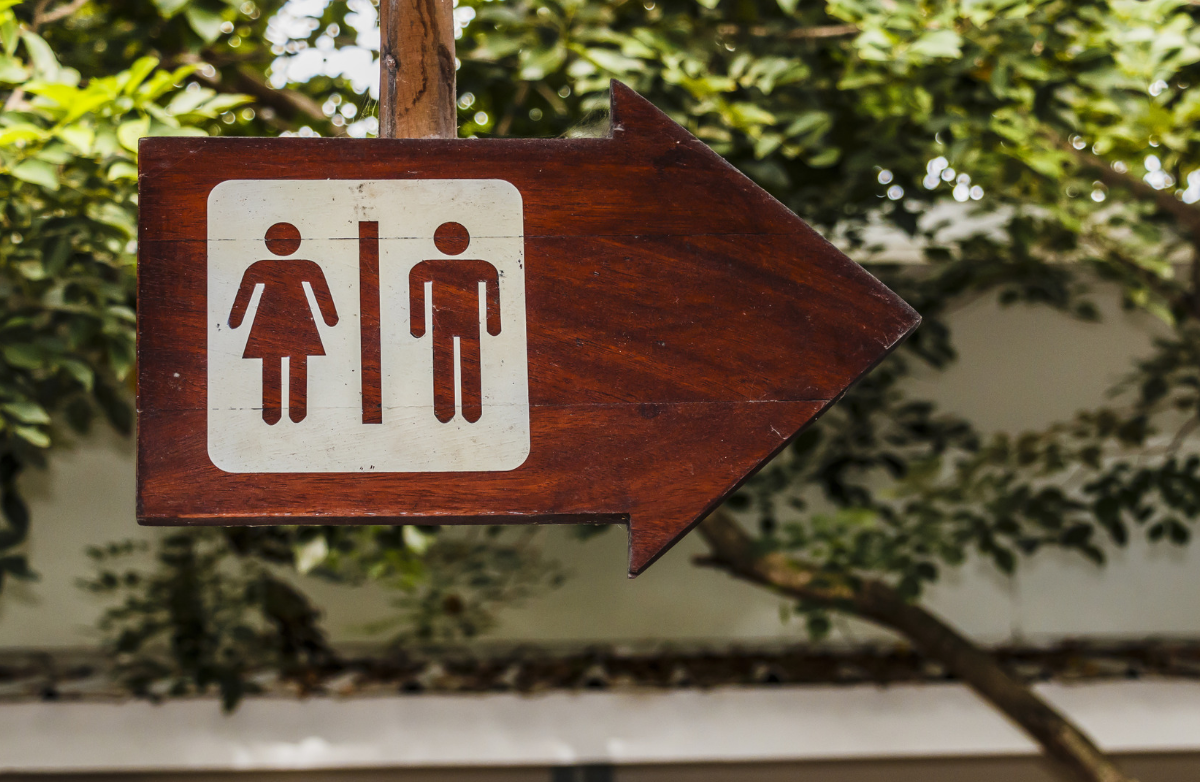By CHEF_MEG,
SparkPeople Blogger
1/7/2013
Finding time to make a healthy dinner is a challenge for many of us. One of the best tips you'll hear is to freeze meals for busy nights to avoid the greasy drive-thru or pricey takeout traps. But how do you know if a meal will freeze well? How much time will it take to create a few make-ahead meals? And how in the world do you reheat and serve those frozen meals?
We've got you covered.
Before You Begin:
- Pick a day to plan meals. Ask your kids, spouse, or friends for ideas. Better yet, log onto SparkRecipes.com for easy, quick recipes. Peruse grocery store ads, then make your final meal plan.
- Write your grocery list--and take it with you when you shop.
- Once home, store recipe ingredients together in your pantry and refrigerator.
- Set aside a couple of hours to cook your freeze-for-later meals. (Make sure you follow food safety guidelines for storage and reheating.)
Learn the Basics of Meal Planning
Before you head to the store, let's talk about which foods freeze well, and which don't:
Foods That Freeze Well - Brown rice: cook a double batch, let cool and package in one-cup servings (store in resealable bags or 1-cup plastic containers).
- Cooked proteins, including chicken, pork and beef: Grill or bake large batches, then package in single-servings or place parchment paper between pieces.
- Cooked beans: Use your slow cooker to cook dried beans or simmer on the stove top. Let cool, then package with a bit of the cooking liquid in single-serve portions. Freeze in resealable bags laid flat.
- Cooked potatoes and other root vegetables: bake or roast, let cool, then store in single-servings or family-size portions.
- Pasta: Undercook it (less than al dente) or you will end up with mush.
Foods That Don't Freeze Well - Cream cheese: the water in the cheese separates and makes it grainy.
- Raw vegetables: Only freeze them if you'll cook them later. (Read: Fresh vs. Frozen: Dos and Don'ts of Saving for the Off-Season)
- Lettuce, such as romaine, green leaf, and spinach.
- Crumb toppings on casseroles: Add them just before reheating. They'll get soggy in the freezer.
- Raw potatoes: They will turn black due to oxidation
Guidelines for Freezing - Freeze in shallow dishes, which will allow for quick reheats. Remember the purpose of the pre-cooking step is to save you time on the day you want to serve the casserole.
- Cool foods to appropriate temperatures before freezing. Cooling hot foods in a refrigerator is not optimal. It raises the temperature inside your refrigerator so foods surrounding the hot items become susceptible to spoilage. Make an ice bath in your kitchen sink to cool foods down before freezing. Close the drain to the sink, fill with a large bucket of ice then cold water to the point that it reaches halfway up the outside of your dish. Stir to help release excess heat and steam.
- Date and label your casseroles. Go one step further and note the cooking time and temperature, according to the recipe.
- Most casseroles will freeze well for up to 2 months.
Guidelines for Thawing and ReheatingFreezing foods does not kill germs. This is why food should not be thawed at room temperature. Always cook frozen foods while still frozen or thaw them in refrigerator first. To maintain the best quality of your frozen casserole dishes cook frozen covered with aluminum foil for most of the cooking time. You may find that your casseroles will take 15-30 minutes longer to reheat depending on the cooking time noted. Bake until casseroles reach an internal temperature of 165 degrees Fahrenheit.
Great Recipes for Make-Ahead Meals
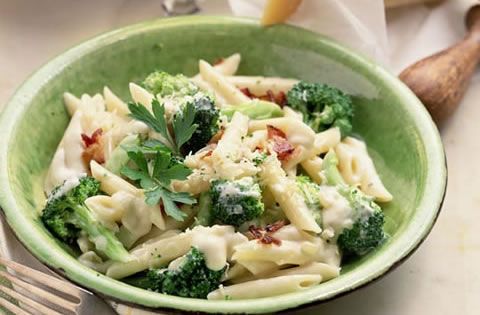
Chicken and Vegetable Casserole
Freezing tip: Add the cheese on the day you reheat it. Bake covered with aluminum foil. Remove the foil and top with cheese during the last 10 minutes of cooking.
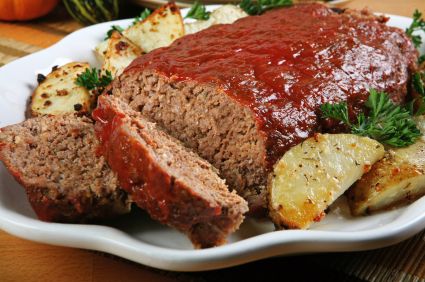
Slow Cooker Meatloaf
Freezing tip: Once the meatloaf has cooled completely, double wrap tightly in plastic wrap.
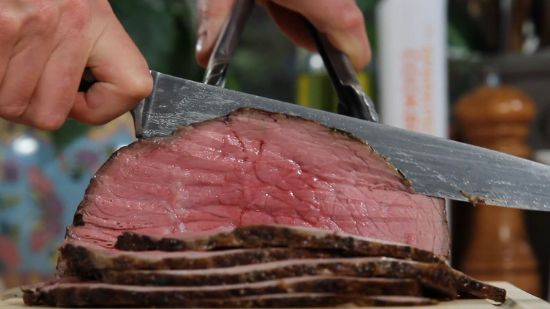
Beef Roast
Freezing tip: Cook the roast just to "rare" so that reheating does not overcook the beef. It works great on steaks too!
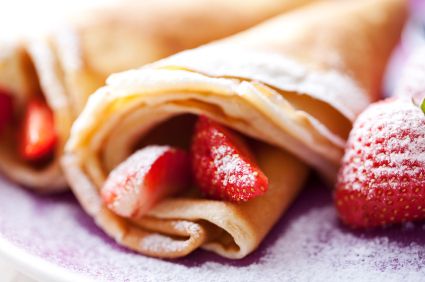
Buckwheat Crepes
Freezing tip: Place a sheet of parchment paper between each crepe, then double wrap in stacks of 8-10 crepes. These are the perfect wrap for left-over meats or stews.
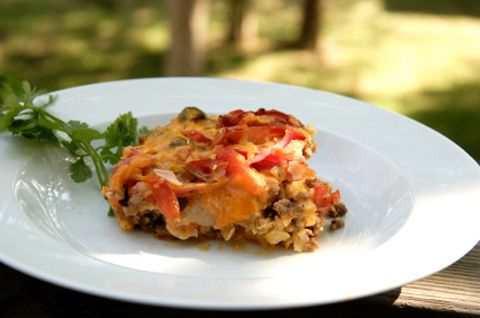
Chicken Enchilada Stacker
Freezing tip: Freeze directly into a round, shallow casserole dish. Top the dish with wax paper then double wrap in plastic wrap. Remember to remove the wax paper before reheating.

Roasted Squash Soup
Freezing tip: Prepare the cilantro/coconut garnish the day you are serving the soup.
What is your favorite freeze-and-reheat recipe?
Want more healthy recipes from me and fellow SparkPeople members? Be sure to subscribe to SparkPeople's Recipe of the Day email. Click here to sign up!
Did you know SparkRecipes is now on Facebook? Click here to "Like" us!
Like this blog? Then you'll love "The SparkPeople Cookbook: Love Your Food, Lose the Weight."
|
|













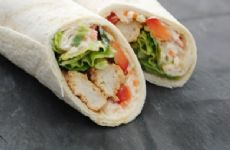



.jpg)






.jpg)
